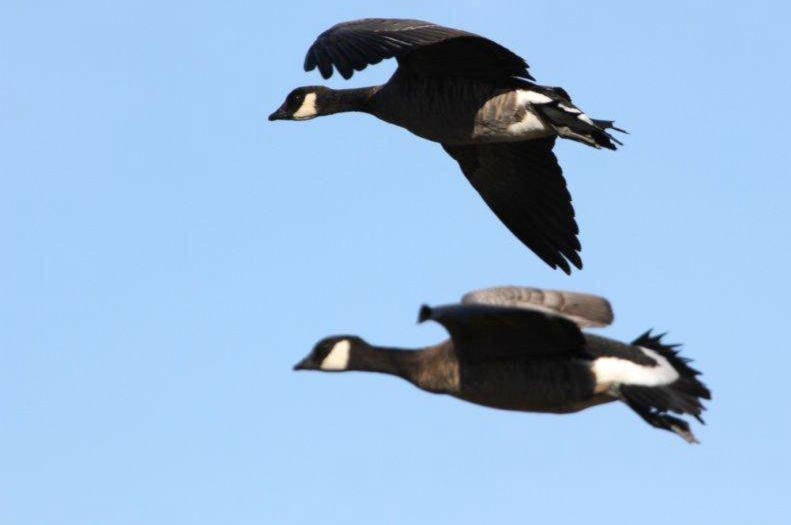By Margo Hearne
It’s nice that planes fly like birds. Engineers learned all they needed to know from watching fulmars soar off steep cliffs into the bottomless abyss and wondered how they did it. Air pressure. It holds both the birds and the planes in the air. Like the Albatross, planes have to take a running jump to get lift, but once they are up there, they should stay put.
That’s the plan. The big, lusty 777 that flew me across the continent had to get lots of ‘oomph’ before soaring into the skies, and there it stayed until we touched down in Vancouver.
Like birds however, aircraft can be buffeted about by upwinds and thunderstorms, especially where plains meet mountains and mountains meet sea.
If they didn’t have power they could end up landing anywhere. It’s what happens to birds when they’re swept off course. The mighty forces out there are hard to fight against, so they have to go with the flow.
The flow doesn’t always take them where they should go, which is what happened to the Red-winged Blackbird that landed in Scotland recently and to all the rarities that occur here. Over the years there have been some amazing, unexpected, completely unbelieveable sightings, like a Common Crane for instance. It normally stalks the steppes of foreign soils out there, stalking the greenery in Delkatla.
Or a Grey Heron, a common bird in Europe, seen there where you’d expect to see a Great Blue here, but so rare in North America that people refuse to accept the sighting.
That’s one of the things about competitive birding. There’s lots of folks out there who don’t believe perfectly documented and acceptable records they didn’t see themselves.
It’s an interesting quandary, like the fisher who stretches the length of the one that got away, or the botanist who finds a completely new species for science, but are discredited because they didn’t pick a sample to bring home. Most folks in any competitive field have lived with dishonour visited on them by the uninformed.
So it is with bird-watching. This winter we had many rare and unusual birds on the Bird Count and over the years have learned to distinguish what’s really rare, what’s unusual and what’s unexpected. Really rare was the Little Bunting Martin found on Christmas Day a few years back. So was the Rustic Bunting we found this year. They are both Asiatic species.
Unusual was the Western Meadowlark Barb found and the little Common Redpoll a few years back. They are North American birds and are found on the mainland. Unexpected would be a flock of White-winged Crossbills and the slew of Pectoral Sandpipers that swept over here last spring in the wake of the huge Fort McMurray fire that changed the air pressure in Alberta.
Unusual also was the high number of Savannah Sparrows that were here this winter. But we’ve seen them here before so I don’t really need to explain them or prove that we’ve seen them.
A little trust goes a long way.
It all comes down to pressure and where the winds take us. We, like birds, have to go with the flow.
